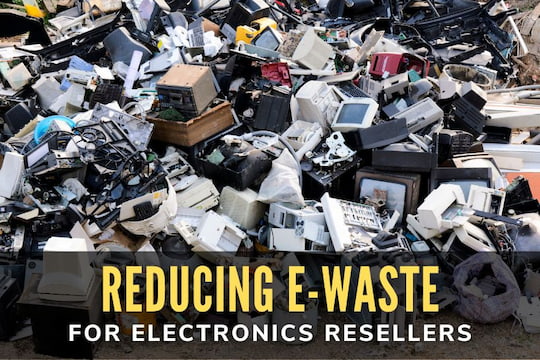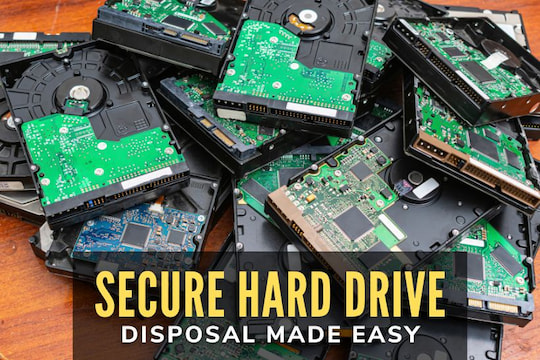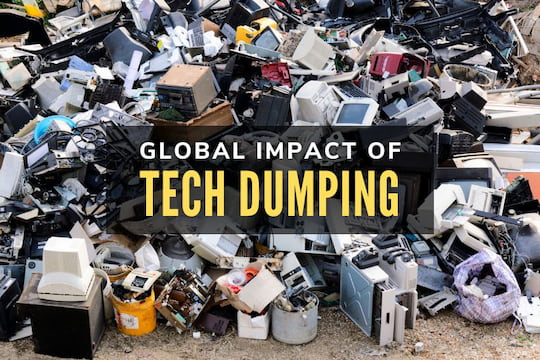When it comes to data destruction, it’s a lot more than merely setting up firewalls and scanning for viruses. While that does entail a lot of data security, another aspect is what happens to data at the end of its life cycle. There are many benefits of recycling e-waste including data security. Physical destruction through shredding a hard drive is one of the most popular ways to ensure that identifying data stays out of the wrong hands.
Information is often stored on physical, electronic devices such as hard drives, laptops, work cell phones, USB drives and more. Once these devices are out of date, many companies send them out to be recycled. However, what happens to the data that is stored there? Many people wrongly assume that merely deleting the files from the computer means the data is gone. In reality, even if the data have been removed, the information is still stored on the hard drive and can be recovered. This means that sensitive and identifying information that was stored on these devices can now easily fall into the wrong hands. Companies and businesses have to protect customer and employee information. One of the best ways to get this data safely is through hard drive shredding.
While there are various ways to protect old data, the physical destruction of data through hard drive shredding has the best results. Other options include overwriting the original data with new data multiple times until the original data is no longer readable as well as running the device through a strong magnet. Doing so results in scrambling the memory system of the hard drive and information becomes unreadable. While both of these options work, they do not 100% guarantee that the data cannot be recovered. Shredding the hard drive is the only option that can 100% guarantee that information is irrecoverable.




















